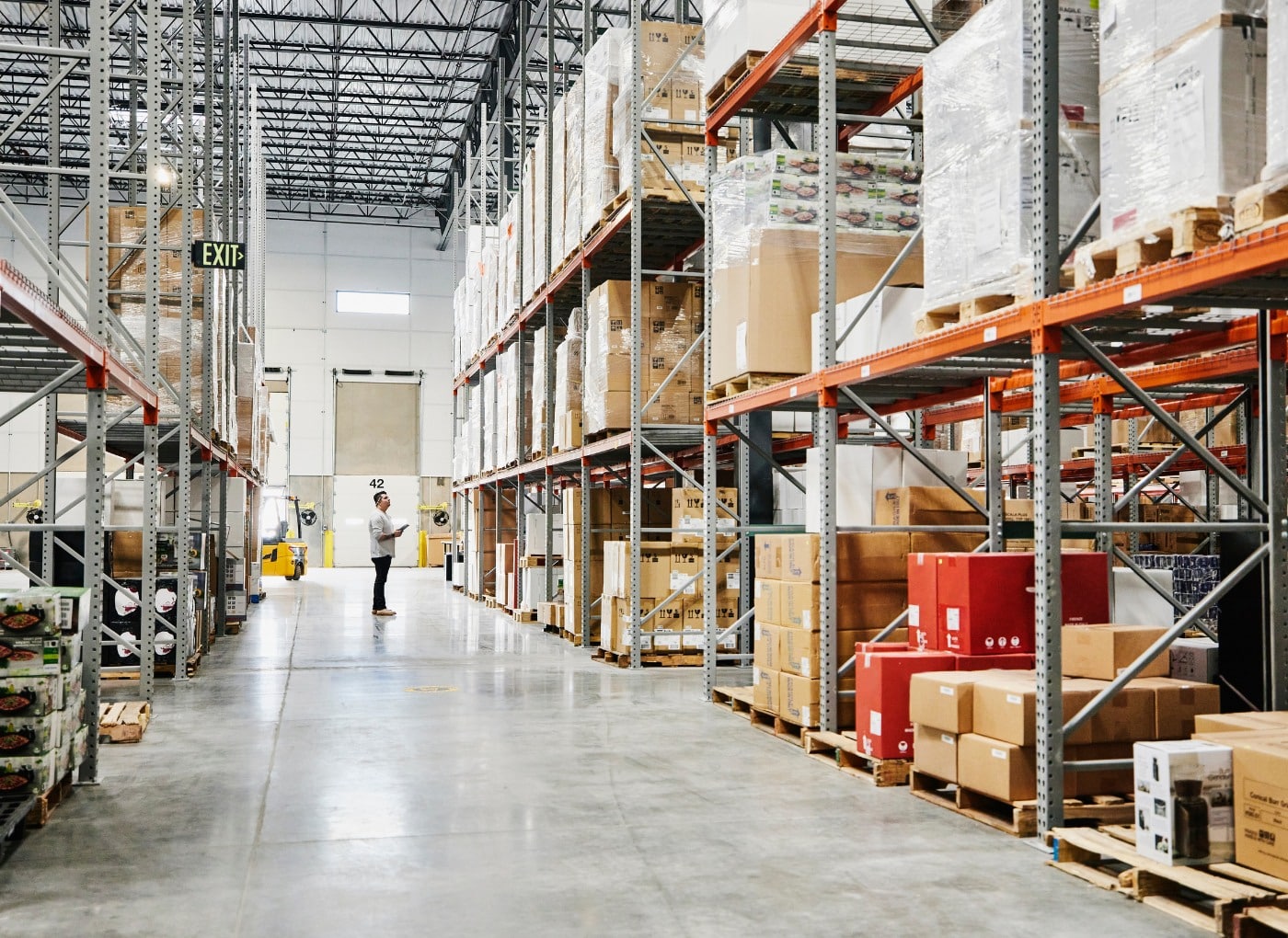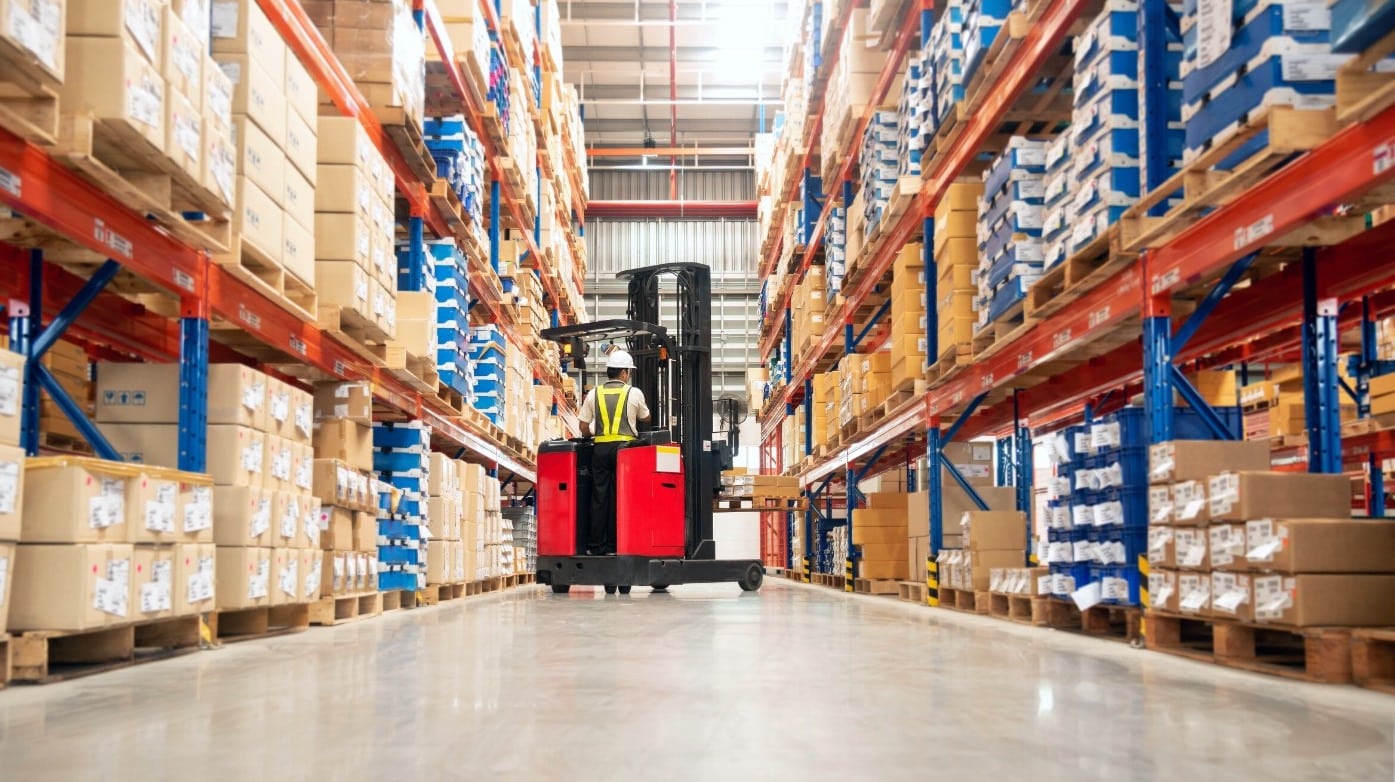
We all know that running a warehouse is no small task. It’s a juggling act of managing inventory, coordinating staff, and ensuring orders get out the door on time. That’s why warehouses employ different strategies to make order picking—one of the most time-consuming tasks in your warehouse—faster, smarter, and more efficient. One of the commonly used order picking strategies is wave picking.
What is Wave Picking?
The key idea behind wave picking is the release of specific orders for fulfillment based on common factors. These factors could be anything from the shipping date, similar items, or even the warehouse zone. Unlike traditional methods where you schedule pickers per shift and hope for the best, this method ensures your team meets specific goals, be it filling a certain number of orders per shift or hitting a tight shipping deadline.
Imagine you have multiple orders to fulfill, each consisting of various items scattered across your warehouse. Rather than having your staff pick items for one order at a time, wave picking allows them to pick all items needed for multiple orders in one go. This means they only need to travel through the warehouse once, picking up everything they need along the way.
Types Of Wave Picking
Now, let’s delve a little deeper and talk about two types of wave picking: dynamic and fixed wave picking.
Dynamic Wave Picking: In this approach, waves are created dynamically according to real-time requirements. As new orders come in, they’re added to the current wave if they meet the criteria, keeping the picking process fluid and responsive. Dynamic wave picking is great for environments where order flow is unpredictable.
Fixed Wave Picking: On the flip side, fixed wave picking involves creating waves based on a fixed schedule. For example, a wave may be scheduled every two hours, regardless of the volume of incoming orders. This method is particularly useful in environments where there is a consistent flow of orders.
How Does Wave Picking Work?
Now that we understand what wave picking is, let’s dive into how it works.
- Order Grouping: First, all orders are grouped into waves. These waves could be based on various factors, including the type of product, its location in the warehouse, the shipping carrier, or the delivery route.
- Task Assignment: Once the orders are grouped into waves, tasks are assigned to pickers. Each picker is responsible for pulling the items in one wave. This way, instead of running around pulling items for different orders, workers can focus on one specific area or type of product at a time.
- Picking Process: The picker then goes about pulling the items for their assigned wave. This is done using a handheld device, such as the inVia PickMate, or a pick list that details exactly what items need to be picked and their locations. Pickers select the product and use a barcode scanner to confirm the pick.
- Order Consolidation: After all the individual items in a wave have been picked, they are then brought to a central location for sorting and packing. Here, each order is consolidated, checked for accuracy, packed, and prepared for shipment.
- Shipment: Finally, the packed orders are loaded onto the appropriate transport vehicle based on the delivery route or shipping carrier and sent off to the customer.
By implementing wave picking, warehouses aim to increase productivity and reduce errors.
Advantages Of Wave Picking
Wave picking is a picking method that can bring numerous benefits to your warehouse operations. Here are some of the key advantages:
- Increased Efficiency: By grouping orders into waves, workers can focus on picking items from a specific area or type of product at a time. This reduces unnecessary movement around the warehouse, thereby increasing efficiency and saving on cost per order.
- Reduced Errors: This focused approach also reduces the likelihood of errors. With each worker responsible for a specific wave, there is less chance of picking the wrong item or missing an item in an order.
- Improved Order Fulfillment: Can speed up the order fulfillment process. As each wave is completed, orders can be packed and shipped out, rather than waiting for all orders to be picked.
- Better Resource Management : Allows for better management of resources. You can allocate workers and equipment based on the requirements of each wave, ensuring that resources are used optimally.
Disadvantages Of Wave Picking
While wave picking has its benefits, it’s not without its drawbacks. Here are a few disadvantages to consider:
- Complexity: Implementing wave picking can add complexity to operations. It requires careful planning and organization to group orders into waves and assign tasks to pickers.
- Training Required: Workers will need to be trained on the wave picking process. This can take time and resources, and there may be a learning curve as workers adjust to the new system.
- Dependence on Technology: It often relies on technology, such as warehouse management systems and handheld devices, to organize waves and guide workers through the picking process. This can be a disadvantage if your warehouse doesn’t have the necessary technology in place.
- Delayed Order Fulfillment: In the wave process, orders within a wave are picked together. This means that urgent orders may have to wait for the entire wave to be completed before being processed. This delay can impact customer satisfaction, especially for time-sensitive orders or customers expecting quick turnaround times.
- Not Suitable for All Warehouses: May not be suitable for all types of warehouses or all types of products. For example, it may not be the best choice for warehouses with a high volume of small, fast-moving items or for items that require special handling, such as bulky items.
- Not Suitable For All Seasons: During a light season, this concise picking method may not be necessary. Batch picking or single-order picking may suffice.
Ways To Group The Waves
Wave picking is all about organizing orders. So, when it comes to grouping waves, think of it as sorting out your daily orders into manageable chunks, or ‘waves’. This is done based on certain criteria that make the most sense for your particular warehouse.
Here are the common ways waves can be grouped:
By Location: One of the simplest ways to group waves is by location. That means all items from a particular area of the warehouse are picked together. This method can really cut down on travel time within the warehouse.
By Order Priority: Sometimes, some orders need to go out faster than others. In this case, waves can be grouped based on priority, ensuring that urgent orders are picked and shipped first.
By Item Type: If your warehouse stores a wide variety of items, it might make sense to pick all of one type at once. For example, all perishable items could be picked in one wave to ensure they’re handled properly and expedited for shipping.
By Shipping Method: If certain orders are going out via a specific carrier or shipping method, these can be grouped into a wave. This way, everything going on the same truck or through the same carrier gets picked at the same time.
By Shipping Schedule: Can also be grouped based on shipping schedules. This means all items that need to go out by a certain date or time are picked together, ensuring timely delivery.
Remember, the goal of wave picking and grouping is to make your operations more efficient and accurate. So, the best way to group your waves will depend on your warehouse’s unique needs and challenges.
Who Uses Wave Picking?
Wave picking is a common method used in warehouses and distribution centers for order fulfillment.The prevalence of wave picking depends on the specific industry, the size of the warehouse, and the nature of the products being handled. Many e-commerce and retail fulfillment centers, as well as large-scale warehouses, often implement wave picking to streamline their operations.
1. Large Warehouses: Warehouse that span a large area with numerous aisles and sections often use wave picking. By grouping orders into waves, you can cut down on unnecessary walking time and make the process more efficient.
2. Warehouses with High Order Volumes: This strategy is often utilized by warehouses dealing with high volumes of orders. Grouping these orders into waves can help manage the workload and speed up the order fulfillment process.
3. Warehouses with Varied Inventory: If your inventory ranges from small items to bulky goods, wave picking can help streamline the picking process. You can group waves based on item type or size to optimize the picking and packing process.
4. Warehouses Using Automation: If your warehouse uses automated systems or a Warehouse Management System (WMS), wave picking can easily integrate into this setup. The WMS can generate waves automatically, guiding pickers through the process and increasing accuracy.
However, smaller operations or warehouses with less variety in their inventory may not reap the same benefits from wave picking.

Wrapping Up
Wave picking is relatively common in the logistics industry, particularly in larger warehouses and distribution centers. By focusing on timing and grouping orders based on common factors, distribution centers can significantly reduce idle time and boost efficiency.